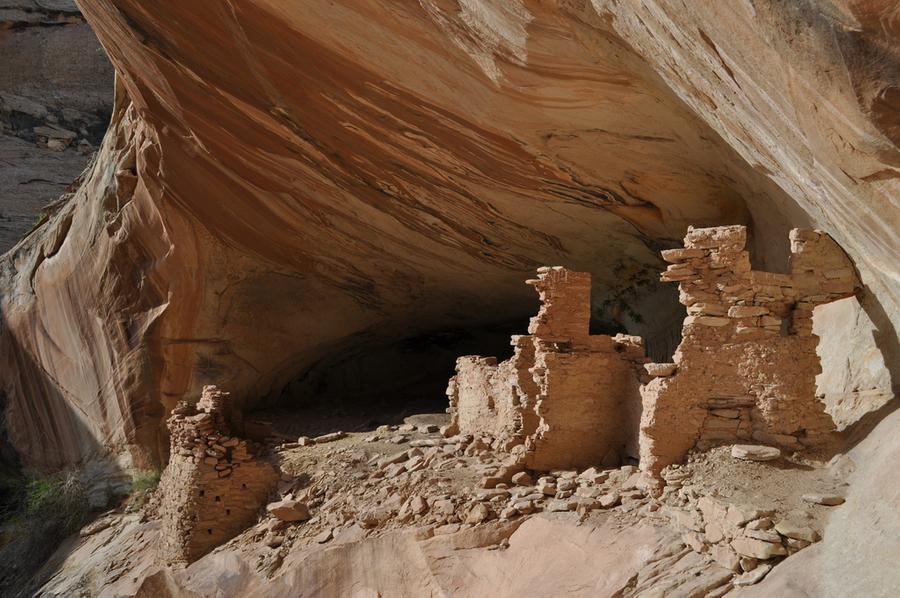US Government's National Monument Reduction Puts Historic Sites at Risk
- April 01, 2018 22:34

The recent downsizing of Bears Ears National Monument, one of America's public lands that the Trump administration has drastically shrunk, puts thousands of historic and archaeologically significant sites at risk. This singular Utah destination is now opened up for mining and drilling, along with other threats, that could forever alter the landscape without the protections of Monument status.
A vast majority of Americans opposed the reduction in public lands and nearly 3 million made public comments in favor of protections.
According to a new, scathing report from retailer Patagonia, which has vocally opposed the move, the reduction of Bears Ears and Grand Staircase-Escalante National Monument was a "political favor" to energy interests: coal, gas and oil, and uranium. "The redrawing of boundaries was deliberate, and directly influenced by an industry that spends millions of dollars lobbying the government to get what it wants," says Patagonia in Lisa Pike Sheehy's report "The President Stole Your Land and You Were Lied To."
From Huffington Post:
In December, President Donald Trump gutted the 1.35 million-acre Bears Ears National Monument by 85 percent, reducing it to just over 200,000 acres. He described the Obama-era monument as a massive federal land grab that “threatened” local economies and Utahns’ way of life. Now the monument is divided into two disconnected sites, named Shash Jaa and Indian Creek, and includes two small satellite units around the Moon House and Doll House ruins.
Experts estimate that there are more than 100,000 cultural and archaeological sites within the original monument boundary, including ancient rock art panels, granaries, burials and well-preserved cliff dwellings. The vast majority have yet to be studied and cataloged. Friends of Cedar Mesa, a small conservation nonprofit that is involved in a suit to stop the monument rollback, estimates that the boundary change cuts out 74 percent of the known archeological sites.
Critics say the rollback puts these treasures at greater risk.



















100x100_c.jpg)
